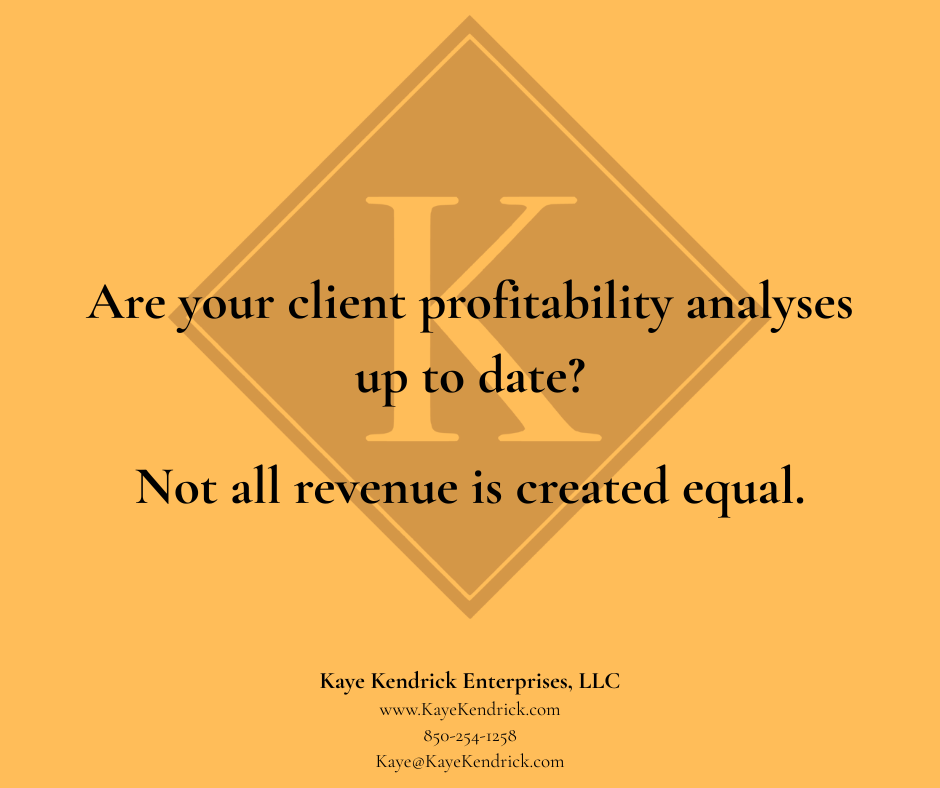Not All Clients Pay Off
In professional services, growth is often measured by the number of clients served or total revenue billed. Yet those surface-level metrics can conceal the real story behind profitability. Not every client contributes equally to the firm’s bottom line. Some relationships generate strong margins and recurring opportunities; others quietly drain resources, requiring more time and effort than they return in value. That’s why keeping your client profitability analyses current is essential—not just for understanding where you stand today, but for guiding smarter business decisions tomorrow.
The True Cost of Serving a Client
Every engagement carries hidden costs. Beyond direct expenses, such as staff time or software subscriptions, there are opportunity costs; hours spent managing complex or difficult accounts that could otherwise support more profitable work. By regularly updating profitability analyses, firms can pinpoint which clients consistently exceed expectations and which require restructuring or renegotiation.
Beyond Revenue: Measuring Value
High revenue does not always equal high profit. Some clients may demand extensive customization, faster turnaround times, or hands-on support that erode margins. Evaluating client profitability means factoring in the effort-to-earnings ratio: how much time, expertise, and overhead each relationship requires. Understanding this ratio helps firms focus on clients who align with their business model and operational capacity.
Turning Insight into Strategy
Once profitability data is refreshed, it should inform action. Identify your “A-tier” clients—those who are both financially and strategically valuable—and consider ways to deepen those relationships through enhanced services or loyalty initiatives. For lower-performing accounts, explore whether better scoping, pricing adjustments, or efficiency improvements could restore balance. If not, it may be time to redirect resources toward more rewarding opportunities.
Building a Culture of Continuous Evaluation
Client profitability analysis isn’t a one-time exercise. It should be part of a continuous improvement process, revisited at least quarterly or biannually. Firms that maintain real-time visibility in their client mix are better equipped to forecast revenue, manage workloads, and make informed growth decisions, especially in dynamic market conditions.
At Kaye Kendrick Enterprises, LLC, we encourage clients to view profitability analysis as both a financial and strategic tool. When leaders understand which relationships drive sustainable success, they can invest more confidently in the clients and services that truly support long-term growth.


